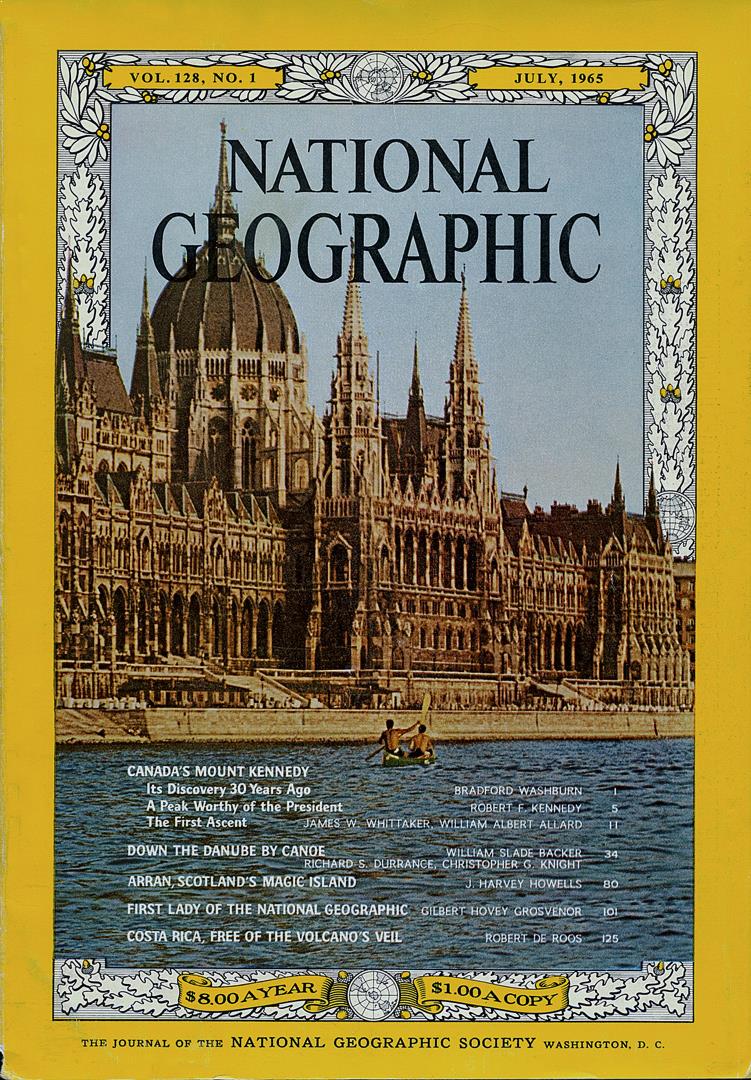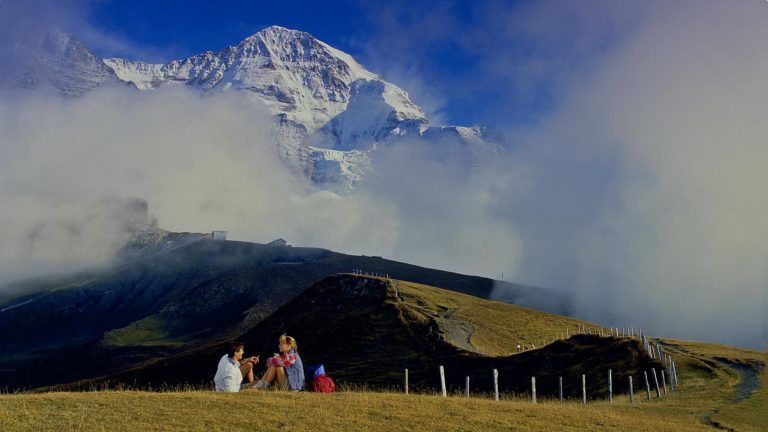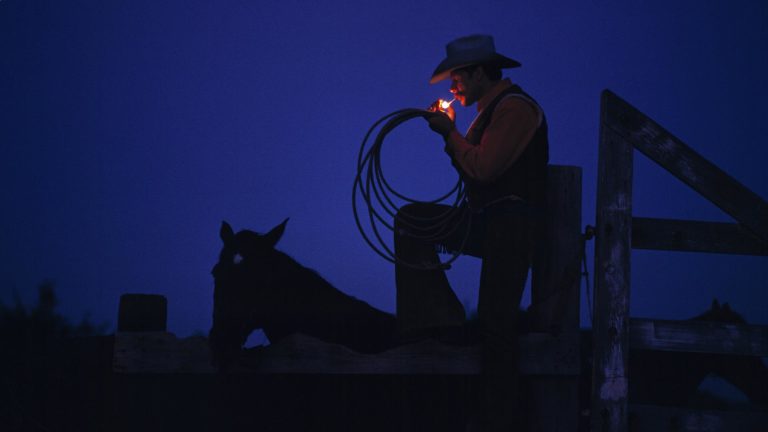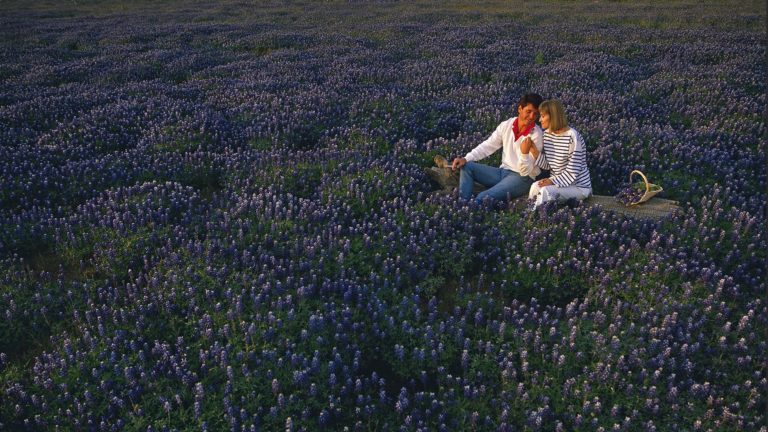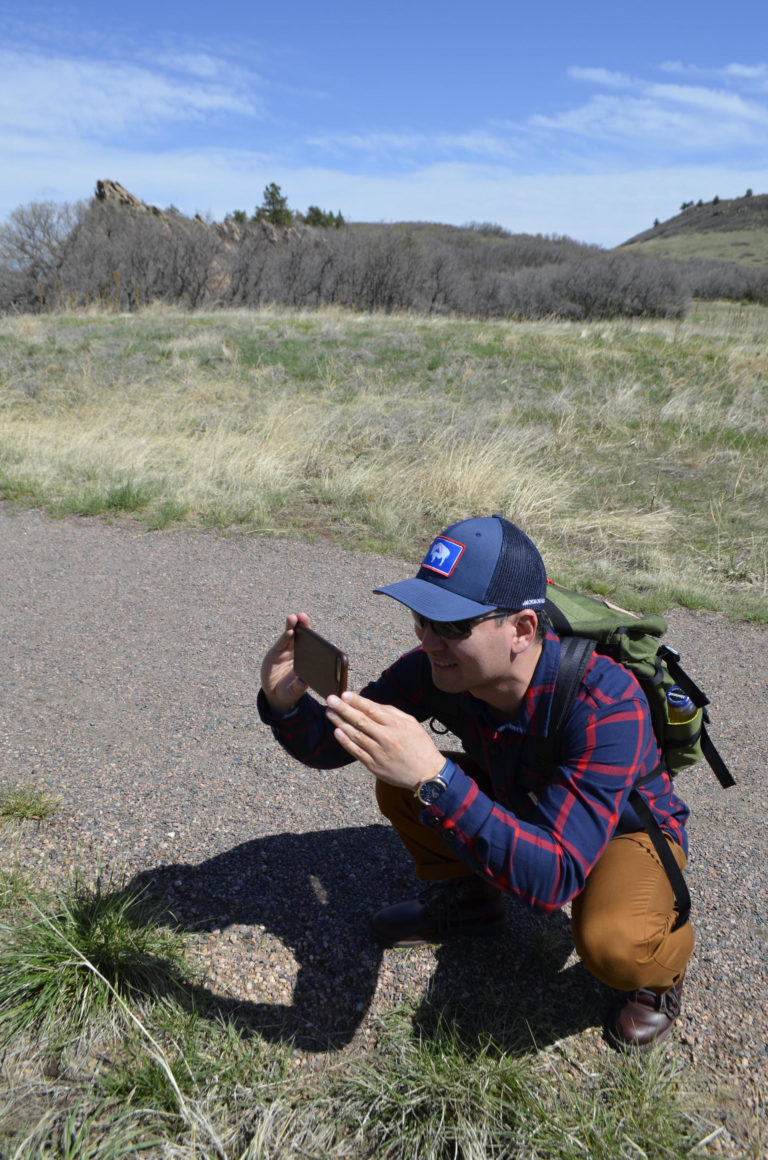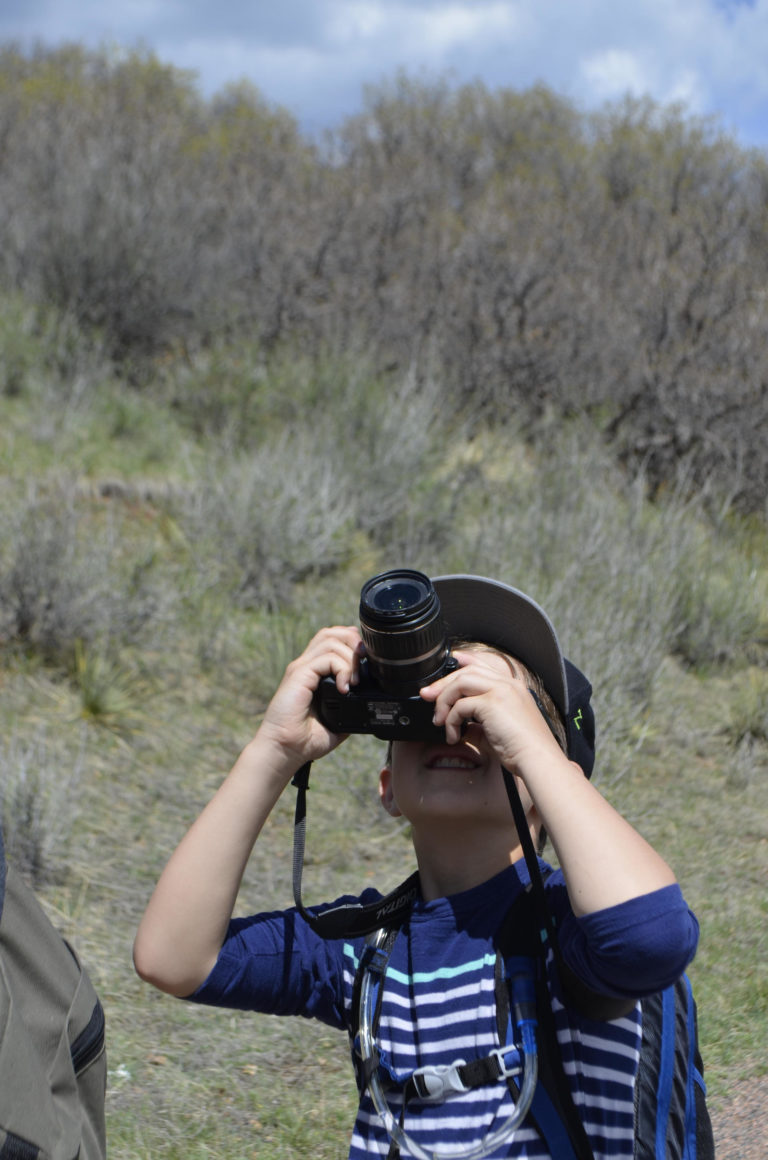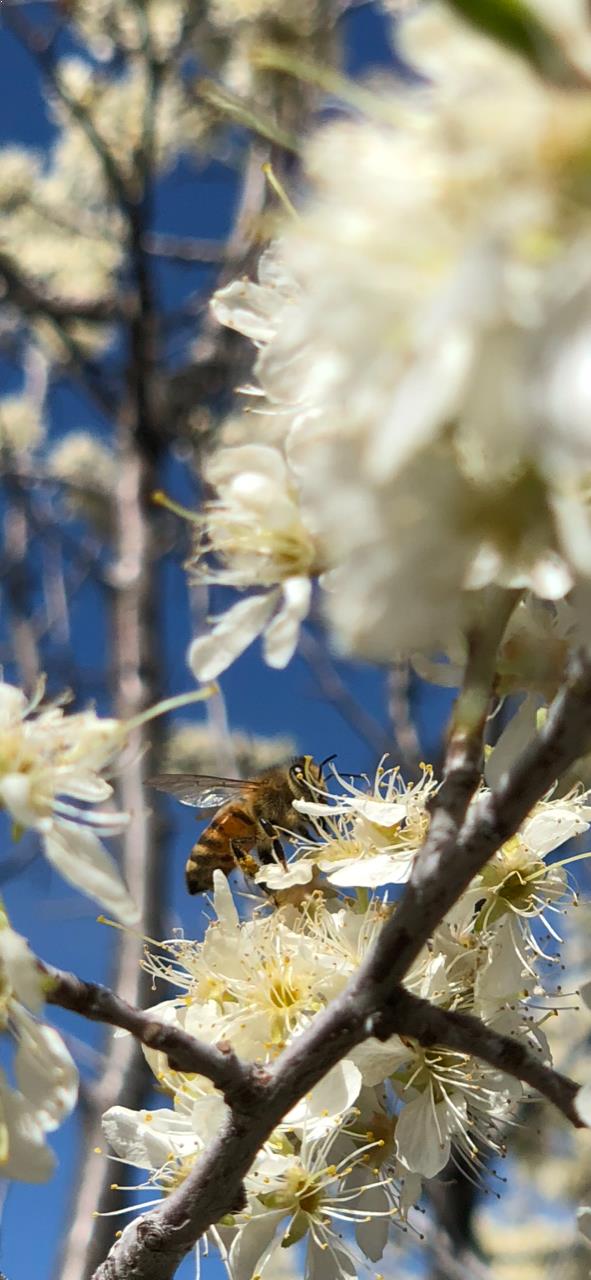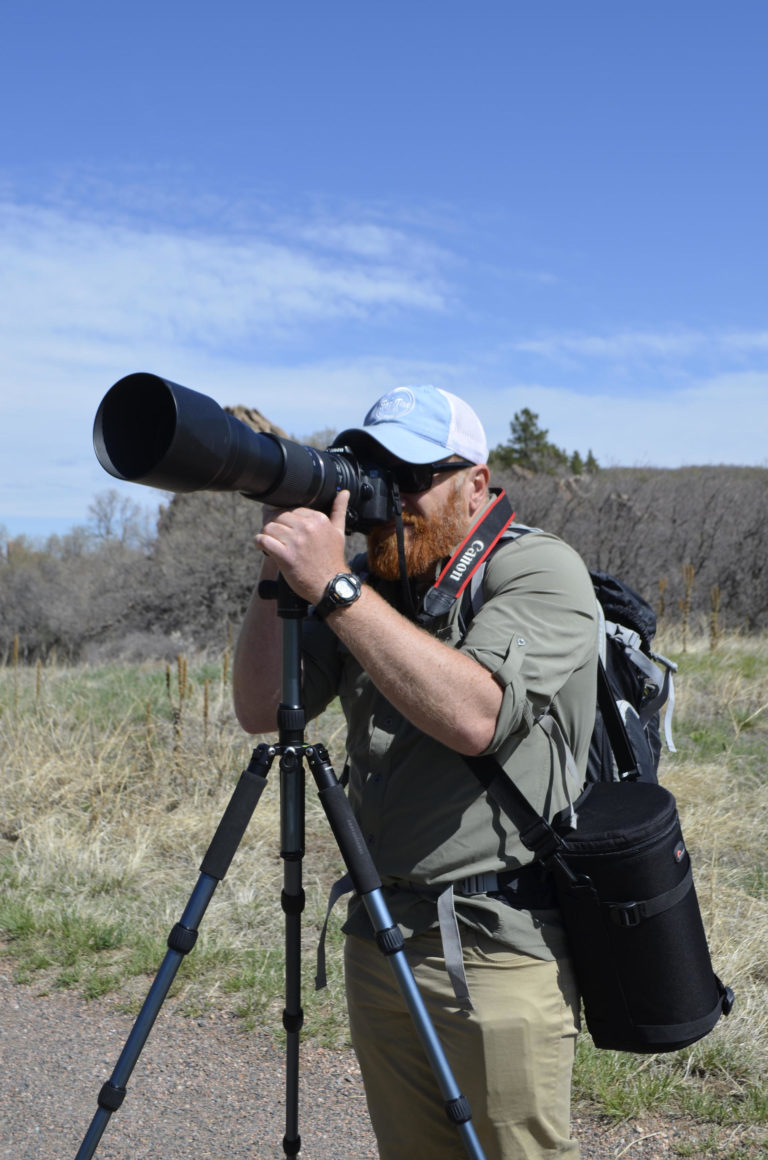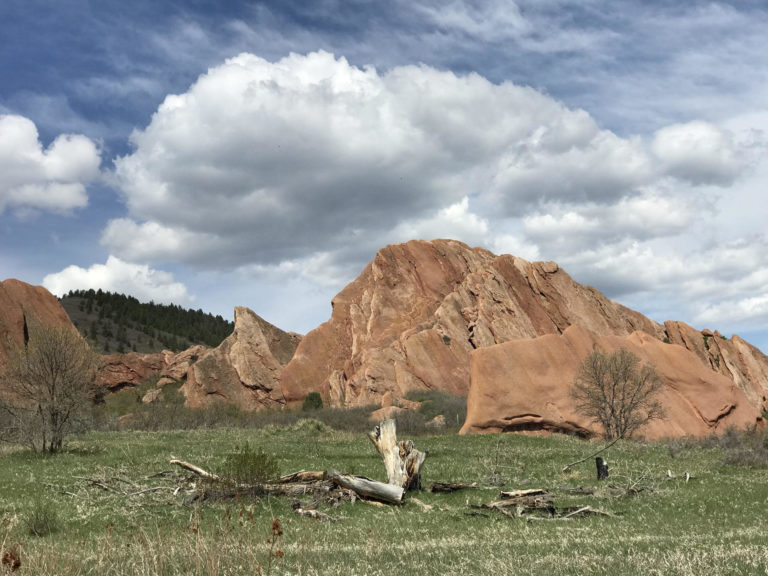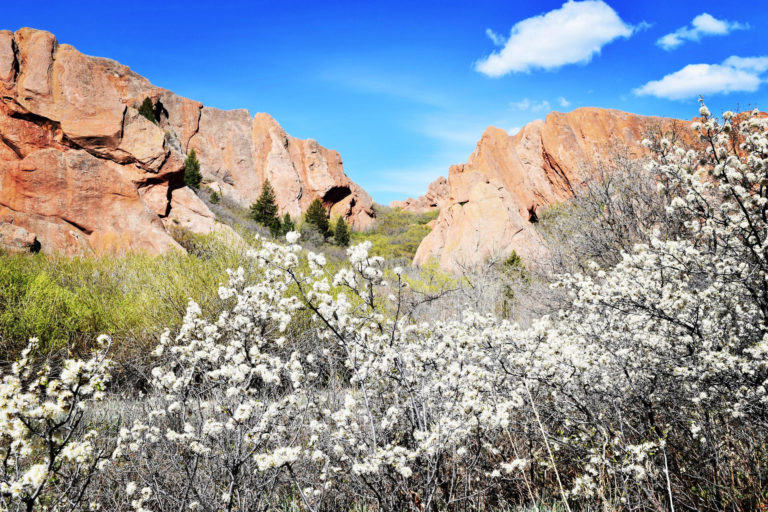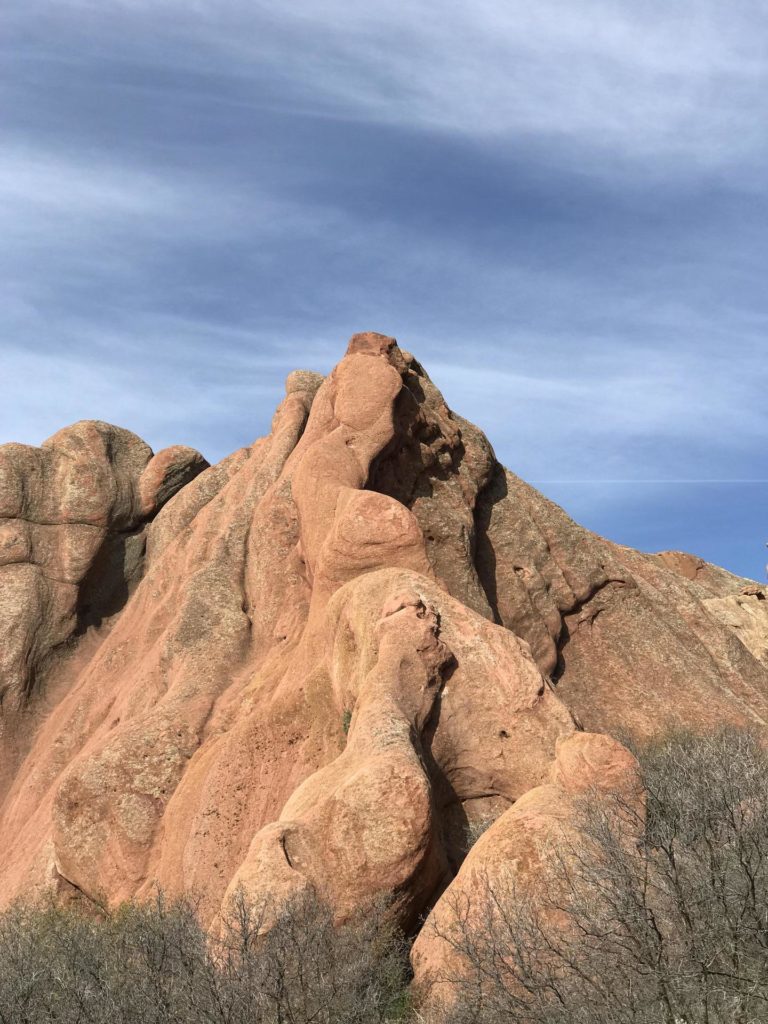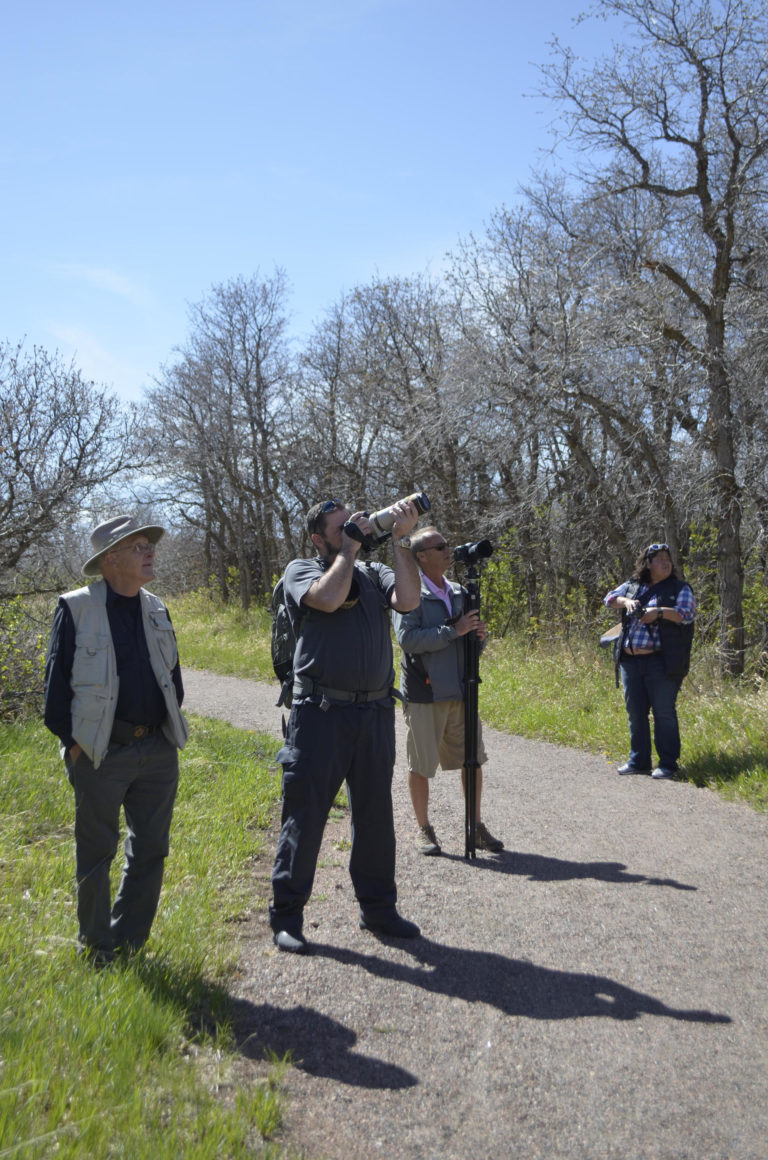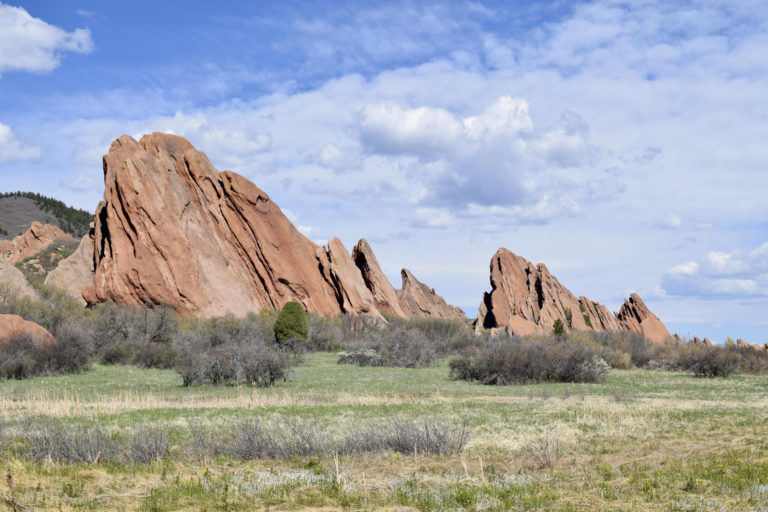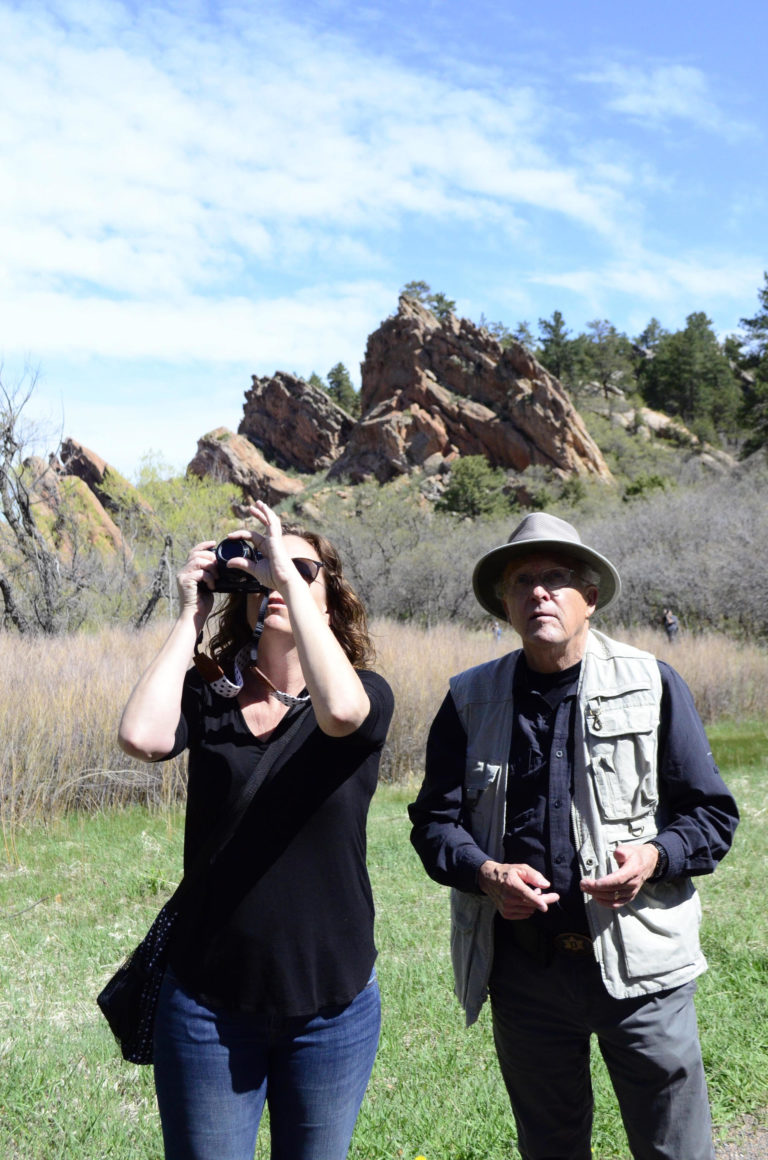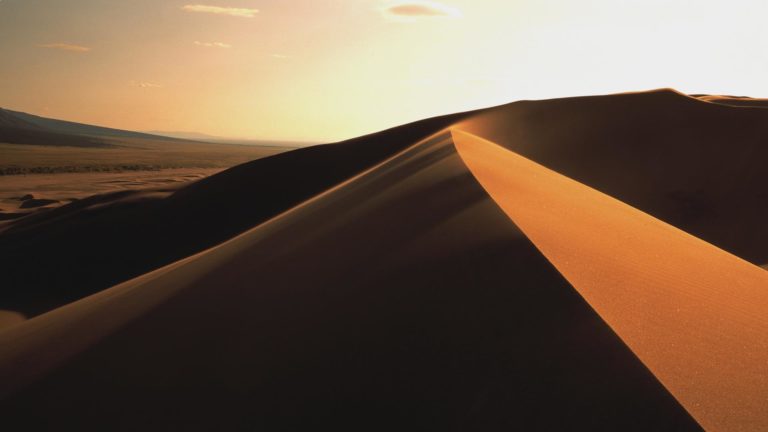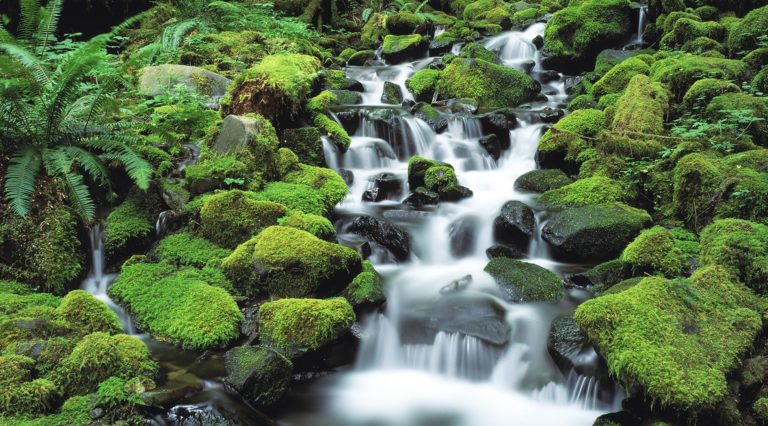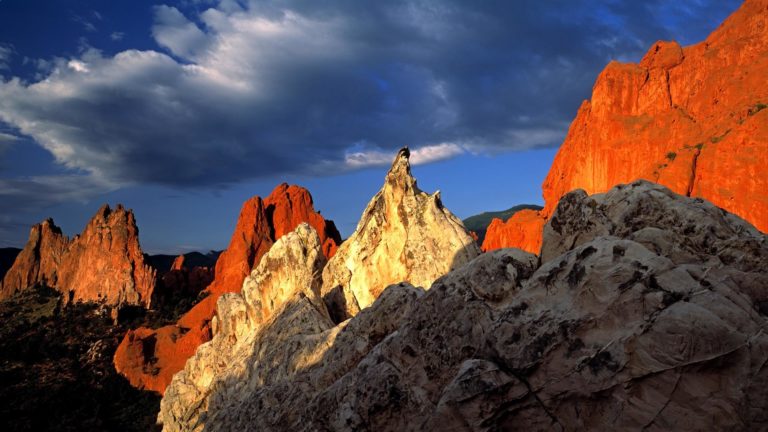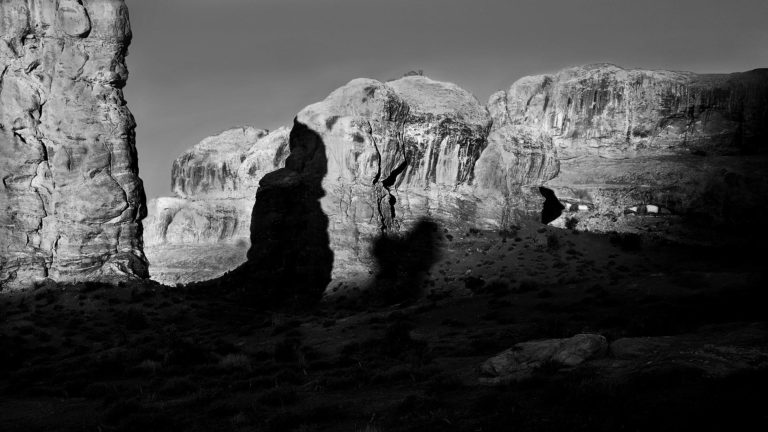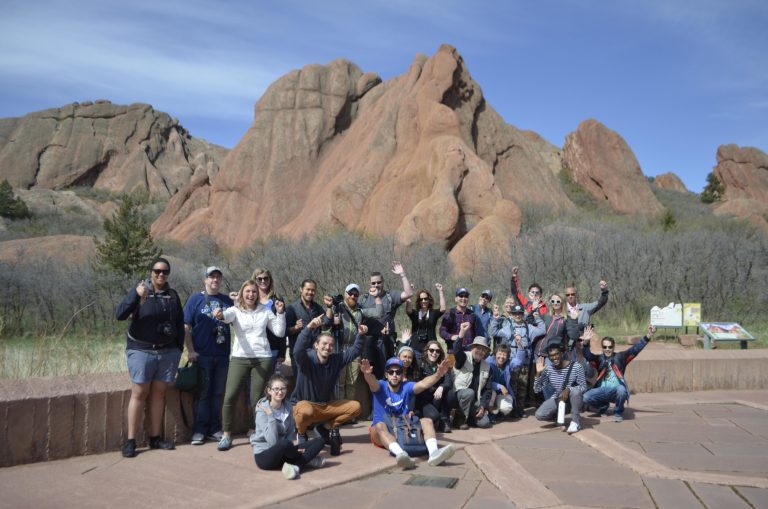
Between National Geographic and advertising assignments, Dick Durrance has had a prolific experience witnessing and documenting sites, people, and the world at large through the lens of his camera. After having given a TEDxMileHigh Talk on his photographic experience in the Vietnam War, you’ll find that his stunning photography is an amalgam of having a sharp eye and being able to tell a story. In a world where having a camera in our back pocket is commonplace, we asked Dick to share the secrets to producing quality photography. One morning in May, he hosted a TEDxMileHigh Adventure with 40 photography enthusiasts out at Roxborough State Park. Read on to learn about his journey to being an award-winning photographer!
Although he was immersed in the world of photography through his family, his experience formally started in 1964, when he was a student at the prestigious Dartmouth College. There, he joined an expedition to paddle the Danube River in canoes. The pictures he documented there resulted in being published in the July 1965 issue of the National Geographic magazine as a cover story.
Shortly after his experience at Dartmouth College, Dick was drafted in the military. Thanks to the Danube story, however, he was assigned to the elite Department of Army Special Photographic Office documenting military activities in Southeast Asia — the subject of which is his talk on our stage (watch here). This won him three outstanding awards in the Military Picture of the Year contest sponsored by the National Press Photographers Association. In 1988, he published his book based on his Vietnam images, Where War Lives.

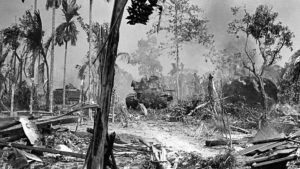

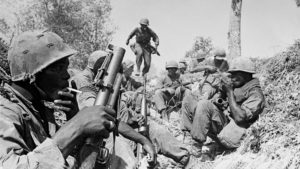
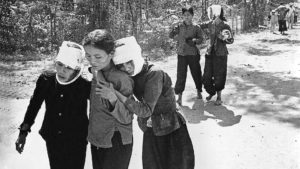
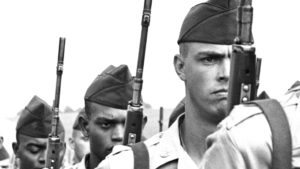
Shortly after, Durrance earned a coveted spot on the National Geographic photographic staff. Over the next seven years, he roamed the Earth photographing stories in South Africa, Leningrad, Alabama, Aspen, Sao Paulo, and the North Sea. “Those assignments allowed me to harness the power of pictures of people and the feelings of those people, the places they lived, the political situations they faced and I could share that with millions of National Geographic readers a sense of what life was like around the world.”
At the time, [National Geographic] was like the Internet.
In September 1976, Durrance resigned from his position at National Geographic to launch a career in corporate and advertising photography. In 1989 his wife, Susan Drinker, joined him in the business of producing photographs for advertising. In 1987, he was voted Advertising Photographer of the Year by his peers in the American Society of Magazine Photographers (ASMP).
Though Dick recalls his experience on the golden era of photography and advertising, he points out that photography is now, evidently, much more convenient. With 1.8 Billion pictures being uploaded daily, we are ourselves now aesthetic producers — turning our photographs into content for our profiles and blogs and feeds — as well as consumers. Ultimately, with the power of the camera in our hands, he asks: “What story you are trying to tell….what is the point of the picture you’re taking? Remember, photography exposes who you are, it exposes your vision”.
So, with compact digital cameras, professional DSLR with special lenses, and even the camera phones in their pockets, each Adventurer set off into the park. As Dick mentioned, the landscape may all have been the same, but the individual stories captured can be vast. Check out the photos people shot below!
Remember, photography exposes who you are.
PHOTOGRAPHY TIPS
Use Leading Lines.
You can use lines to lead your viewer. All the lines lead to a glowing sand dune. Perhaps next time you’re at the beach, observe how the line between the beach and the sand is in a perpetual rhythm and motion.
Play with textures.
Have you ever noticed how the textures can play off one another in a picture? Like in Olympic National Park where the soft, natural flow of the silky stream of water plays off the vivid, moss-covered boulders help tell a universal tale of the passage of time and the impermanence of the world around us. They both invite the viewer to just touch it.
Use color with intention.
Colors can tell history like down in Colorado Springs by helping differentiate geologic strata that tipped up and revealed themselves in the park. Use complementary, analogous and monochromatic colors to enhance your story. Complementary colors are best for creating active, high energy narrative when saturated. Desaturated complimentary colors can enhance each other as well. Both analogous and monochromatic colors are good at keeping some kind of harmony. If you like shooting in the outdoors, be sure to use a polarizing lens—it does great wonders for reducing a washed out sky.
Pay attention to the relationship between shadows and light.
Colors can tell history like down in Colorado Springs by helping differentiate geologic strata that tipped up and revealed themselves in the park. Use complementary, analogous and monochromatic colors to enhance your story. Complementary colors are best for creating active, high energy narrative when saturated. Desaturated complimentary colors can enhance each other as well. Both analogous and monochromatic colors are good at keeping some kind of harmony. If you like shooting in the outdoors, be sure to use a polarizing lens—it does great wonders for reducing a washed out sky.
Q&A
Why don’t you have an Instagram?
I do! It’s @dickdurrance, though I don’t post very often.
I always assumed that you couldn’t edit or use filters in photojournalism. Is that true? What are your thoughts on filters and such?
I don’t think that’s true. A real application now you don’t really need to use filters anymore—except polarizing a photo lens. We have Photoshop. I am a firm believer in using Photoshop to optimize the image—but you must be sure to not change or overtly manipulate the story. Ansel Adams once said that the negative is the score, and the print was the performance. For me, the file is the negative and the Photoshop image is the performance.
When you’re telling a story, specifically with National Geographic photos, how do you consider what the subject wants to express? If you’re telling a story about them, how do you consider the story they want to sell?
On a geographic assignment, when I go to an Appalachian family’s house, they were showing me what they were doing. They were telling me by showing me what they were doing. But I never set out looking to tell their story, I’m telling my story.
So would the photos come from conversations or from the outside lens looking in?
The story I try to tell is the essence of their lives. Have you ever read works by Carlos Christinada? He had an image of a seer named Don Juan. He had this an energy force that went out from his gut. That’s how I connected with people. That’s the image I carry with me when I am out photographing, in a park, of a person. But I’m telling the story of ultimately what I see.
Does weather affect a picture? Does that deter you from taking pictures? Do you ever turn down a cloudy day?
It comes back to this: it depends on how the weather will affect the story you want to tell. Think of what you can do with the weather you have. Be conscious about how the weather plays into your intentions. If the weather is cloudy, perhaps think about catching the atmosphere inside a space.
When we started out using film, like with an SLR because it was so expensive to develop the pictures, that I would be more careful about what I’m catching. I’m realizing that I’m not pausing and thinking about what I’m doing. You can’t tell a story when you’re in a hurry.
is nice to not be limited—but you a price: you have to look at all the damn things! And then edit them!
After a while, I feel like I’m taking the same photograph, of the same flower, the same rock. How do you keep from being bored when you’re limited to an area.
If you look at my career, I was working with National Geography and then Vietnam, and then shooting for advertising campaigns and for National Parks. I’ve had a lot of different objectives but they all had different lenses. It’s easy to capture new sights while traveling, but remember that all it takes is to use a different approach to the same subject. In the end, we all reach that [bored] point.
What do you think of drones?
[They’re] a hell of a great way to see and not as dangerous say that because when I left National Geographic, I opened a firm with my friends there and I lost one friend in a crash. So I knew I had to stop at that point.

